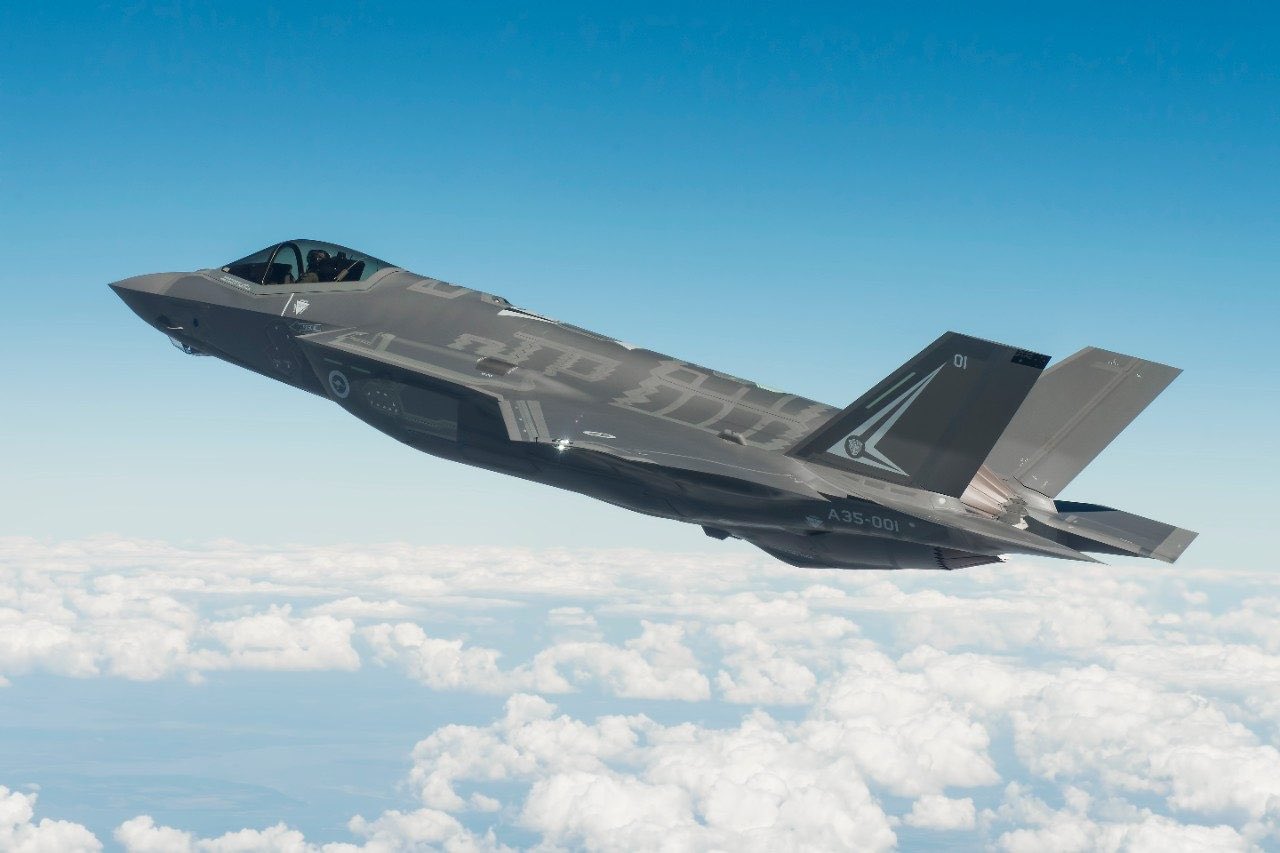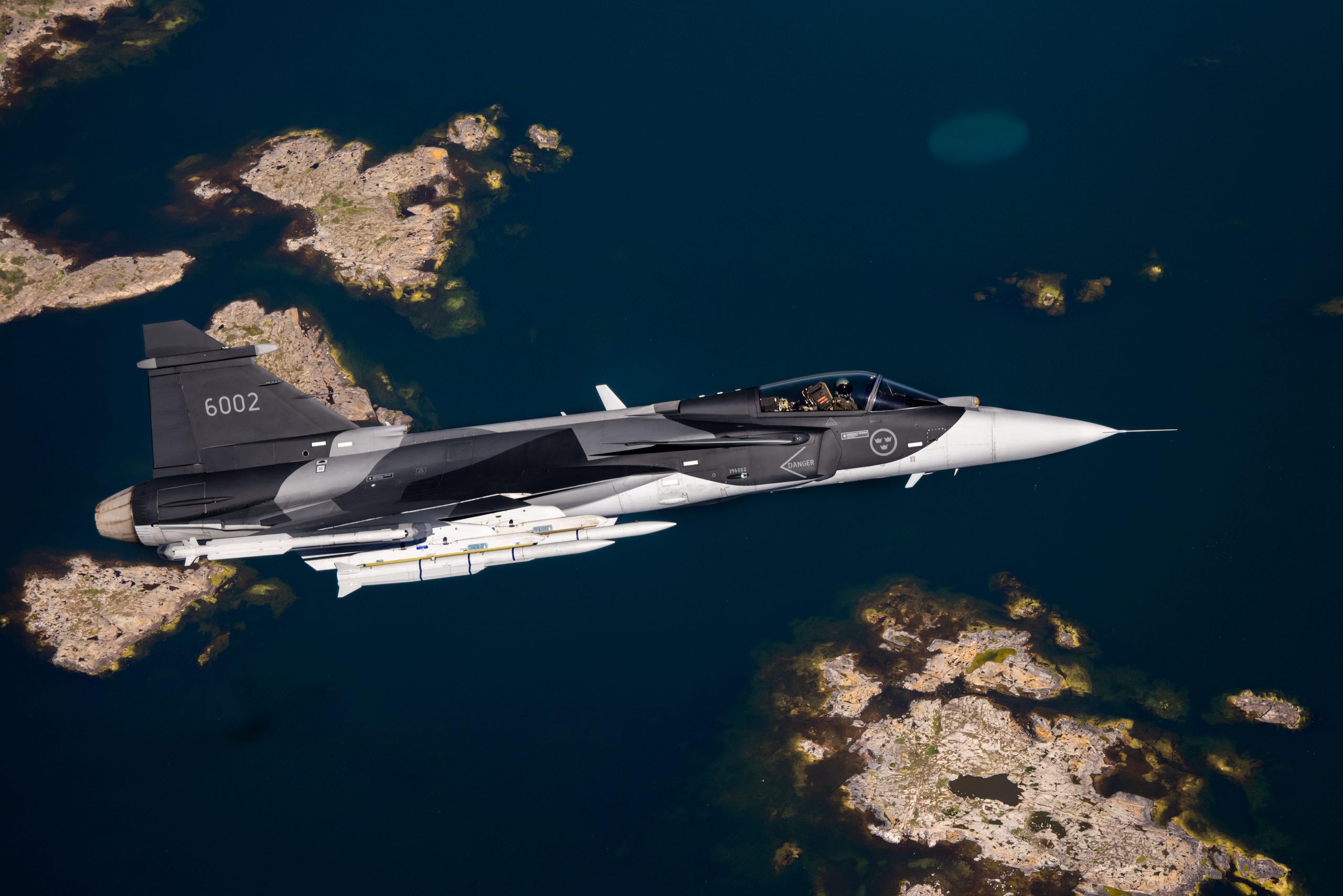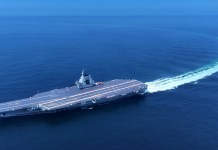Canada has reportedly informed aerospace giant Boeing that its proposal to replace the country’s aging CF-18s with Super Hornet fighter jets did not meet the standards.
As previously reported by EurAsian Times, Lockheed Martin’s F-35 Lightning II, Boeing’s F/A-18E/F Super Hornet, and Saab’s Gripen-E were among the contenders for the deal to supply 88 jets to the Royal Canadian Air Force (RCAF).
With this latest development, only the American company Lockheed Martin and Swedish Saab remain in the contest. Ottawa says it plans to make a decision on a deal valued up to C$19 billion ($15 billion) next year.
Boeing told its bid to sell fighter jets to Canada did not meet Ottawa’s requirements https://t.co/egHpJ8tBib
— Report on Business (@globebusiness) November 25, 2021
Lockheed Martin previously held a sole-source deal with Canada. The agreement stipulated that the company would be the sole supplier of fighter jets to the RCAF. However, when current Canadian Prime Minister Justin Trudeau took office in 2015, the deal was scrapped.
The race to choose Canada’s next fighter jets began in earnest in December 2017, with five companies participating in it. By 2019, French company Dassault Aviation and the European MNC Airbus had pulled out, leaving only Lockheed and Saab in the race.
In 2010, Stephen Harper’s Conservative government pledged to procure 65 F-35 fighters without holding bidding, but worries about the stealth aircraft’s cost drove it to reconsider its decision.
In 2015, the government announced that instead of buying the F-35, it would hold an open contest to replace the CF-18s. Later, they decided to purchase 18 Super Hornets without holding a competition as an “interim” way to assure Canada had enough planes until proper replacements could be found.
Will Canada Acquire F-35?
In 1997, Canada became a partner in the development of the F-35 with the United States and other allies and has since spent US$613 million to keep its seat at the table. Partners receive a discount on the jets and compete for billions of dollars in contracts related to their development and maintenance.
Canada has already benefited from Lockheed Martin economically. According to a 2018 audit, Canada’s engagement in the F-35 Joint Strike Fighter program has already delivered roughly $1 billion in GDP.
Furthermore, if Lockheed Martin is awarded the contract, the F-35 program will support an estimated 150,000 jobs in Canada throughout the course of its existence.
Another factor is that Saab does not have the same aerospace infrastructure in North America as Lockheed Martin does, which is why it is proposing to build two new “aerospace centers” in Montreal to assist in the production of the planes.
Since Canada is already a partner in the F-35 program, it has been widely assumed that the Royal Canadian Air Force would prefer it. The Lockheed jet is regarded as the world’s best, with higher performance and endurance than its competitor.

Other NATO countries, including the UK, Italy, and Australia have also chosen the Lockheed Martin aircraft. Switzerland, a neutral country, recently came out in favor of the F-35 to replace its aging fleet.
Because of Canada’s longstanding ties with the United States, which comprises operating fighter jets together to safeguard North American aerospace on a frequent basis, many observers earlier saw the Super Hornet and F-35 as the only true rivals.
Now that the Super Hornet is no longer in the discussion, the F-35 will be a strong contender for the Canadian deal.
Gripen-E Vs F-35
The Saab Gripen would be the most cost-effective alternative, and it might result in the greatest local manufacturing for Canada. However, it will certainly raise issues about what Canada wants from its air force as the F-35 is far more advanced aircraft than Gripen.
Sweden is neither a member of NATO nor Norad, the joint Canadian-American defense command in charge of defending the continent against external threats. This led to the question about the Gripen’s interoperability with American aircraft.
Moreover, Choosing a different aircraft would represent a significant departure from Canada’s closest allies, the majority of whom are purchasing the F-35.

Lockheed Martin may face some challenges during the final decision, given the Liberals’ earlier objections to the F-35. A group of activists has also initiated a program asking that Trudeau “say no” to new fighter jets.
The campaigners are opposed to any new plane, specifically, the most expensive F-35, stating that the money should be spent on social housing, rail lines, and Indigenous communities. The procedure was neither rapid nor inexpensive.
There will be doubts about whether Trudeau’s six-year procurement quest was worthwhile, regardless of which option he picks.
- Contact the author at ashishmichel@gmail.com
- Follow EurAsian Times on Google News




